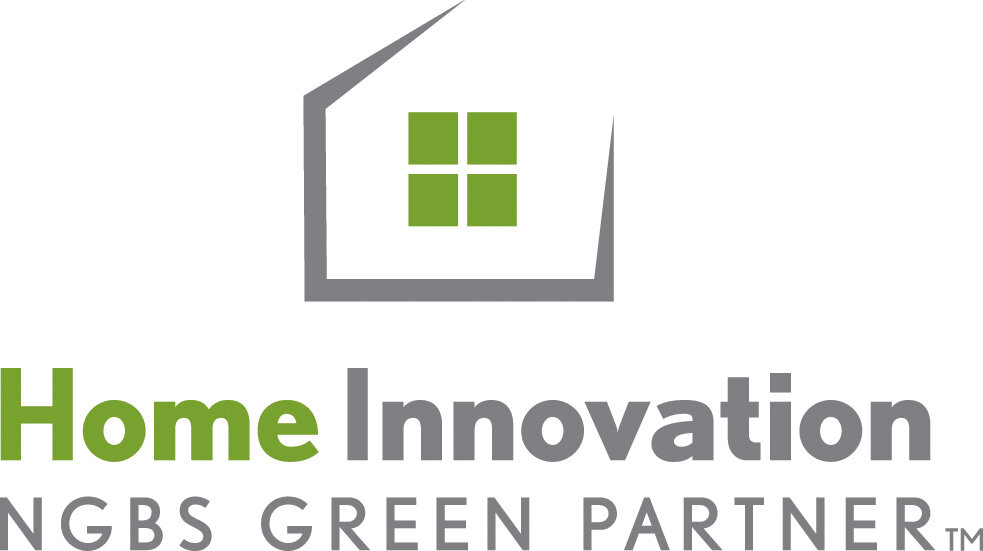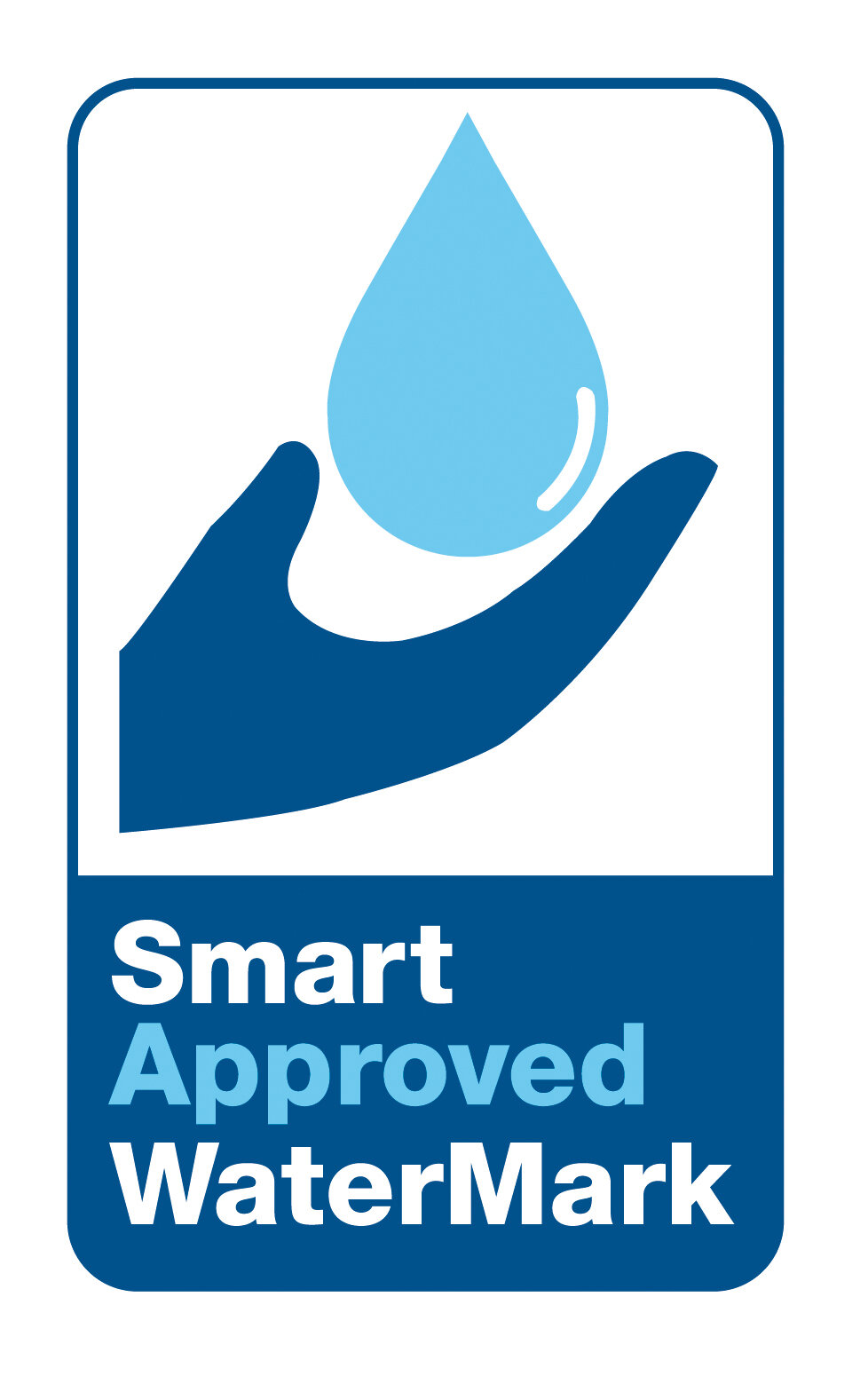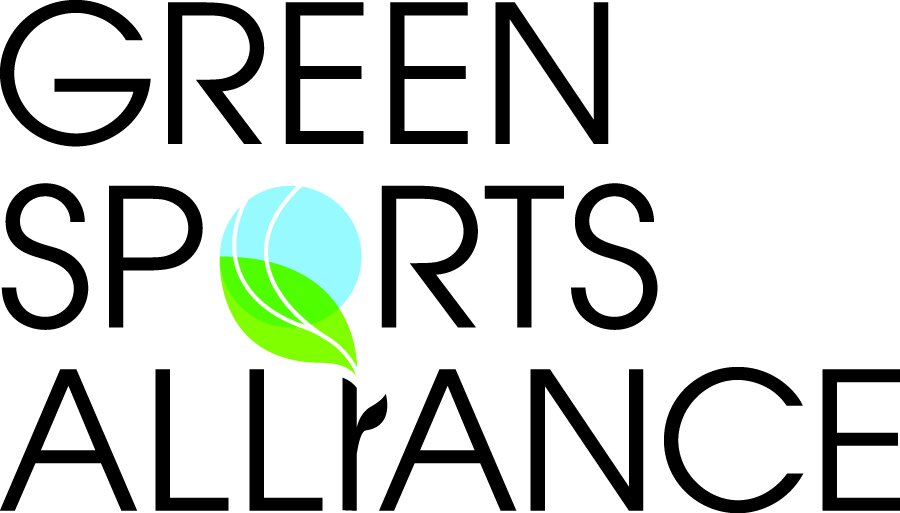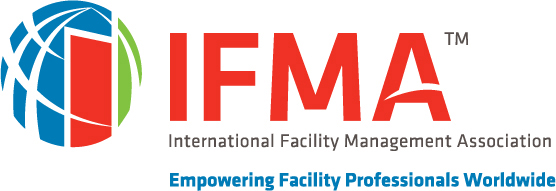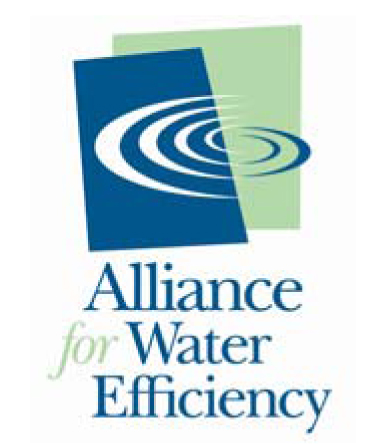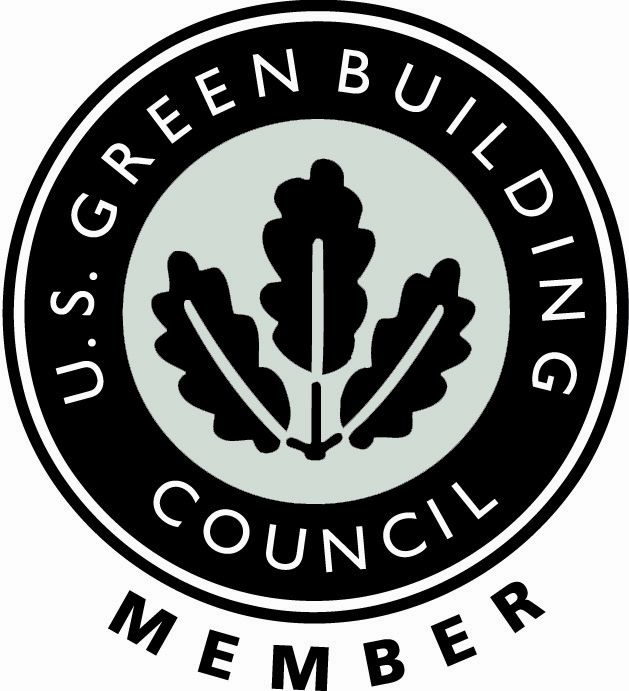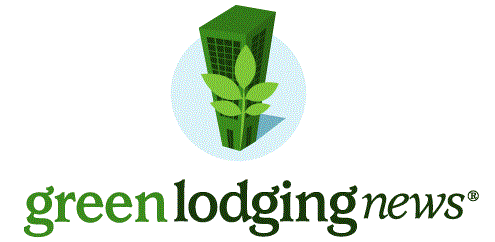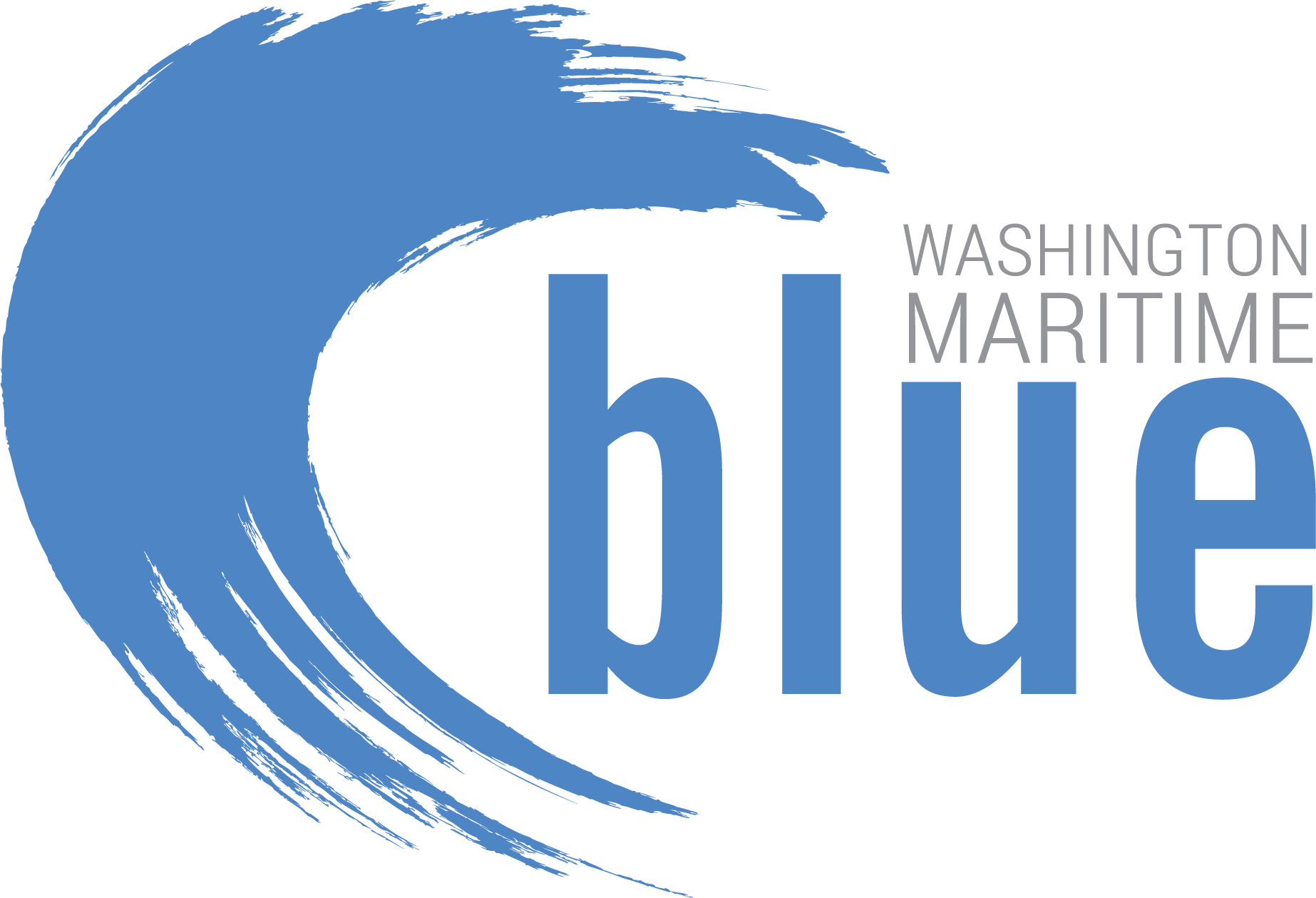The US has become significantly fractured over the past twenty years. Many of us believe that the country will never be united – like it was after Pearl Harbor or after 9/11.
But as we face the future, there is one challenge we must all address, and by working together – united- we can ensure everyone in this country has access to clean and safe water for today and for future generations.
According to the most recent US Geological Survey (USGS) dataset, the United States uses approximately 322 billion gallons of water daily.
However, the future presents a daunting challenge. The demand for freshwater is set to surge while supplies dwindle. This impending crisis is fueled by factors such as population growth, climate change, warmer temperatures, and more aquifers running dry.
How can we unite to meet our water needs today and in the future?
At Waterless Co., Inc., a leading advocate for water efficiency, we propose the following:
1. Foster Innovation: Let's ignite the spirit of innovation in the plumbing industry to develop more water-saving/no-water technologies. This isn't just a necessity; it's a business growth opportunity. The birth and evolution of the waterless urinal industry is a testament to what innovation can achieve.
2. Promote Leadership: The industry needs strong leadership to enhance water savings and efficiency. While competition among manufacturers drives innovation, we also need leaders to guide us in addressing our growing water challenges.
3. Educate the Public: It's crucial to engage the public in the discourse of water sustainability and efficiency. The best way to achieve this is through ongoing education. Many people today are unaware of our looming water challenges, including water scarcity in our own country. It's time to empower everyone with this knowledge.
4. Encourage Lawmakers to Take a Stand: Just as we must educate the public, we must inform our lawmakers to take bipartisan action to address this country’s evolving water crisis. With the right policies and regulations, we can significantly reduce water waste and ensure a sustainable water supply for future generations.
Water is a precious resource that requires mindful usage. Every time we boil water in a kettle, drink water from a bottle, take a bath or shower, or flush a toilet or a water-hungry conventional urinal, we face a critical choice: we can either waste water as if our supply is infinite, or we can use it responsibly to preserve resources for future generations.
The wisdom of the Iroquois people offers powerful guidance in this regard. Their Great Law reminds us to consider the long-term consequences of our actions, explicitly urging us to evaluate how our decisions will impact the next seven generations. This principle calls us to be stewards of our environment, thinking beyond our immediate needs.
Let’s make 2025 the year we embrace this responsible approach. Each of us – united - can make a difference by being more conscious of our water consumption, always looking for new ways to use water more efficiently and making choices that protect this vital resource for our children, grandchildren, and the generations that will follow.
-Klaus














